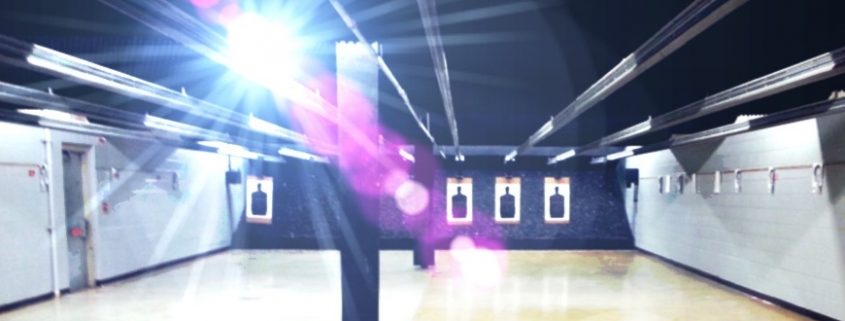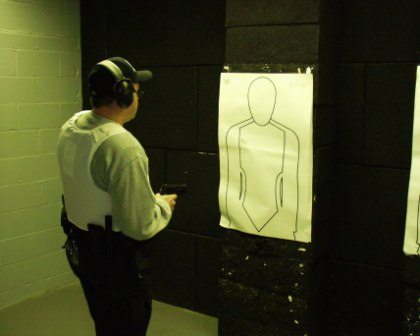Police officers do not shoot to kill, nor do they shoot to wound. That, my friends, is the answer to the question.
Already confused? I thought so. Here’s how it works.
Police officers are taught/trained to stop a threat to human life. U.S. police officers are not soldiers and criminals are not enemy combatants. Contrary to the belief of some people, U.S. streets are not battlefields where cops shoot first and ask questions later. It cannot and does not work that way. Instead, a police officer’s job is to enforce the law and protect property and life.
In a perfect world there would be no crime and we’d all be safe, all the time. But our world is FAR from perfect, therefore, cops are tasked with arresting those who break the law. Unfortunately, some bad guys choose to not be arrested and will do what it takes to remain free, including trying to kill police officers. And, they may also choose to seriously harm or kill others during the commission of their crime(s). These two scenarios force officers to resort to deadly force to stop the threat to the lives of others, and to themselves.
Police officers are not taught to kill
Back to the earlier statements—police officers are not taught to kill anyone, nor are they taught to “wound” anyone. Officers do not aim for hands, feet, firearms, etc. Instead, during a deadly force confrontation—when lives are at stake, officers are taught to shoot center mass, meaning the center of their target. If all they see is the suspect’s head, then that is their target. If they see the entire body they then aim for its center.
The reason behind not shooting to wound is pretty simple, actually, and here’s why. Most police officers are not sharpshooters. Not even close. To expect them to hit a fast-moving target, such as an arm or leg, while under duress, is unrealistic. Hands and arms can move across the body as quickly as 12/100th of a second. From hip to shoulder in 18/100th of a second. The time it takes a police officer to pull the trigger on one of the faster reacting trigger pulls, that of the Glock, is a slow 1/4 of a second. And that’s if the officer has already drawn his/her sidearm and has it pointed at the suspect.
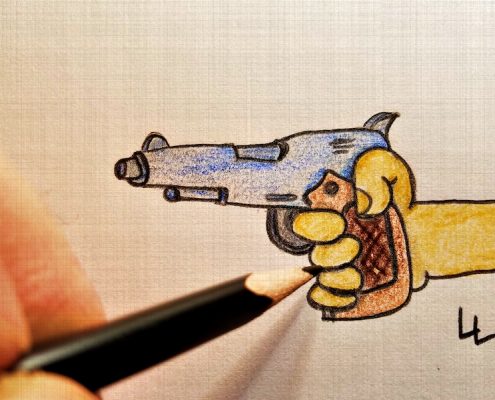
“Drawing” a service weapon
It’s nothing short of impossible for an officer to see the threat, react appropriately, unsnap the holster, perform the required series of motions to free her weapon from the security holster, think about what she’s doing, decide whether or not the threat is real, and, if so, pull the trigger (I’ll bet you didn’t know there are a combination/series of actions required to remove an officer’s pistol from a security-type holster).
Oh yeah, she’d also have to take time to aim for the arm, hand, or leg. Impossible. No way. No how. Can’t and won’t happen, not even on her/his best day.
To Kill or To Wound, That Is The Question
Then there’s this. Suppose the officer somehow managed to hit the suspect’s arm, or hand, or foot? Well, that leaves the suspect’s free hand to continue his attempt to kill the officer or other potential target, such as a wife, a bank teller, a child, and, well, you get the idea. Wounding someone, hoping that’ll stop them from killing is stuff you see on TV. It’s just not that way in real life situations.
I’ve seen bad guys continue shooting after being struck by several rounds. Actually, I was in a shooting situation where the bad guy continued to shoot after being shot in the head once, and in the center of his chest four times, and he still got up and ran several yards. I was there. I saw it with my own eyes. In fact, I was the detective who shot him. I was also the detective who ran him down and tackled him. Five wounds.
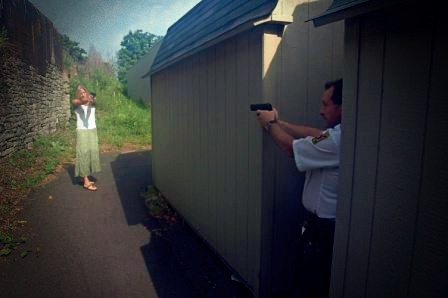
Does it matter when the suspect holding the gun is a woman?
Therefore, being wounded, even severely wounded, does not necessarily stop a threat to human life.
Now, back to “shooting to kill.” Can you imagine the liability involved, not to mention public outcry, if police officers were trained to kill people? I’m not aware of any police agency in the U.S. that teaches/trains officers to kill, by the way. There may be one, but I wouldn’t want to work for them. Deadly force, yes.
But to respond to a threat by intentionally planning to kill someone, well, in my book that’s murder. Not many people would sign on with an agency if they were told they must kill people as part of their daily duties—write speeding ticket, respond to kids playing in traffic, kill the guy standing in front of the Piggly Wiggly, go on lunch break.
Revert to Training
In a shootout officers typically do not have time to aim.
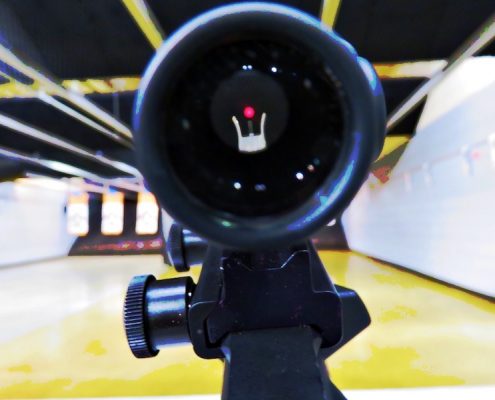
Sight picture – downrange
Instead, they revert to their training—draw, point, and shoot for the center of the target. Shootings involving police officers most often happen in a matter of seconds, and usually at very short distances—a mere few feet. In fact, these close-range situations occur so often that officers train quite a bit at shooting from short distances, without taking aim. They’re taught to draw and point their weapon at the center of the target, or as close as they can get to the center.
Again, even at greater distances, there’s still no time to stop, take a proper stance, draw a weapon, take careful aim, ask the offender to stand still so the officer won’t miss and hit an innocent bystander, and then fire. So officers shoot for center mass, the largest portion of the body they see. That’s it. Nothing more, and nothing less.
Question – Take another peek at the photo above, the one where the woman and officer are in a standoff in the alley. If the officer fired his weapon at the woman, would he be justified in doing so? Suppose he killed her? Should he then be charged with murder? Think carefully, and then please post your answers in the comments below.
Officer-involved shooting in Minneapolis
This bit of information brings us to the recent officer-involved shooting in Minneapolis, where Officer Mohamed Noor fatally shot Justine Damond, an Australian woman who’d called to report what she thought might have been a crime-in-progress.
Officer Noor is the first Somali police officer to be stationed in his precinct. The area he patrolled has a large immigrant population. It was believed by Minneapolis officials that Officer Noor could help bridge the gap between immigrants and the police.
Ironically, a day before the shooting, a lawsuit was filed accusing Officer Noor and two of his fellow officers of misconduct—violating a woman’s rights by illegally taking her into custody. The woman, like the Australian woman shot by Noor, had also called police for help. Officer Noor was one of the responding officers.
Noor is accused of taking the woman’s cellphone and then pinning her arms in a manner that immobilized her, which, by the way, sounds like a typical arrest or other scenario where officers are placed in situations where they must restrain someone, even temporally for their safety, the safety of the suspect, and the safety of people nearby.
But the lawsuit, for now, is apart from the current situation. Was the shooting of Justine Damond a justified shooting? We’ll discuss this case tomorrow here on The Graveyard Shift. You might be surprised to “hear” what I have to say.
*Remember, the idea is to stop the immediate threat. If the bad guy surrenders, then the threat to life is over and the officer switches to an attempt to restrain and arrest.

